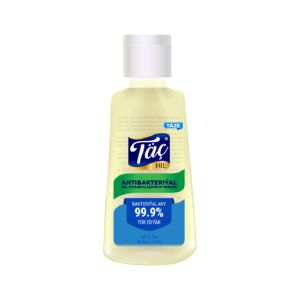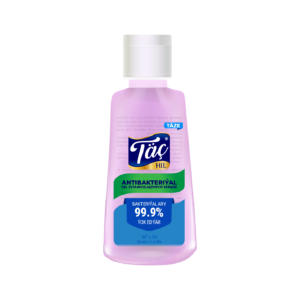Description
Urea is the most concentrated Nitrogen fertilizer. It contains Nitrogen in amide form, which in soil converts first into ammonium and then into nitrate forms. It is easily soluble in water. Using anti-caking agents ensures its free flowing during storing. Urea is not subject to RID or ADR regulations.
Urea is an important mineral nitrogen fertilizer used throughout the world in the agricultural sector. For this reason, despite the already existing two granular urea producing plants, Tejenkarbamid and Marykarbamid, at the end of 2018, Turkmenistan put into operation the largest plant for the production of urea in Central Asia – Garabogazkarbamid plant.
The sale of urea in Turkmenistan is carried out through the participation of foreign companies at the State Commodity and Raw Materials Exchange of Turkmenistan (GTSBT) and the subsequent conclusion of the contract with the producer – the State Concern “Turkmenhimiya” (SC “Turkmenhimiya”).
Granular urea 46% in Turkmenistan:
State Concern is a state owned company of Turkmenistan and it has 3 (three) urea plants:
- Tejenkarbamid plant
- Marykarbamid plant
- Garabogazkarbamid plant
1. Tejenkarbamid plant. The Construction of the plant was initiated in 2001 in Turkmenistan’s Tejen city and was put into service in 2006 as the first fertilizer production plant of Turkmenistan.The plant has an annual production capacity of 350.000 tons. The plant meets the fertilizer needs of the agricultural lands in Turkmenistan to a large extent and makes a great contribution to the development of national agriculture as well as to national economy.
2. Markarbamid plant. The solemn opening ceremony of a large gas chemical complex for the production of another nitrogen fertilizer ammonia and carbamide production plant commissioned constructed by Japanese-Turkish consortium of Kawasaki Heavy Industries Ltd, Sojitz Corporation and Ronesans Endustri Tesisleri was held in the regional center of the Mary province of Turkmenistan. The new complex worth more than 1 billion USD annually produces 400,000 tons of ammonia and 640,000 tons of carbamide. The natural gas in the amount of 500 million cubic meters per year comes as a raw material of the stated products.
3. Garabogazkarbamid plant. The construction of the plant, occupying a territory of 60 hectares, began in December 2014 in accordance with the Framework Agreement signed by the State Concern “Turkmenhimiya” with a consortium consisting of the Japanese company Mitsubishi Corporation and the Turkish Gap Inshaat Yatirim ve Dis Ticaret AS. The processing of natural gas into ammonia will be carried out according to the technology of Haldor Topsoe AS (Denmark) and UOP (USA), carbamide synthesis will be carried out according to the technology of the Italian company Saipem, followed by granulation using the technology of Uhde Fertilizer (the Netherlands). The plant produces 1,155,000 tons of carbamide and 640,000 tons of ammonia per year. The daily output is 3,500 tons.







